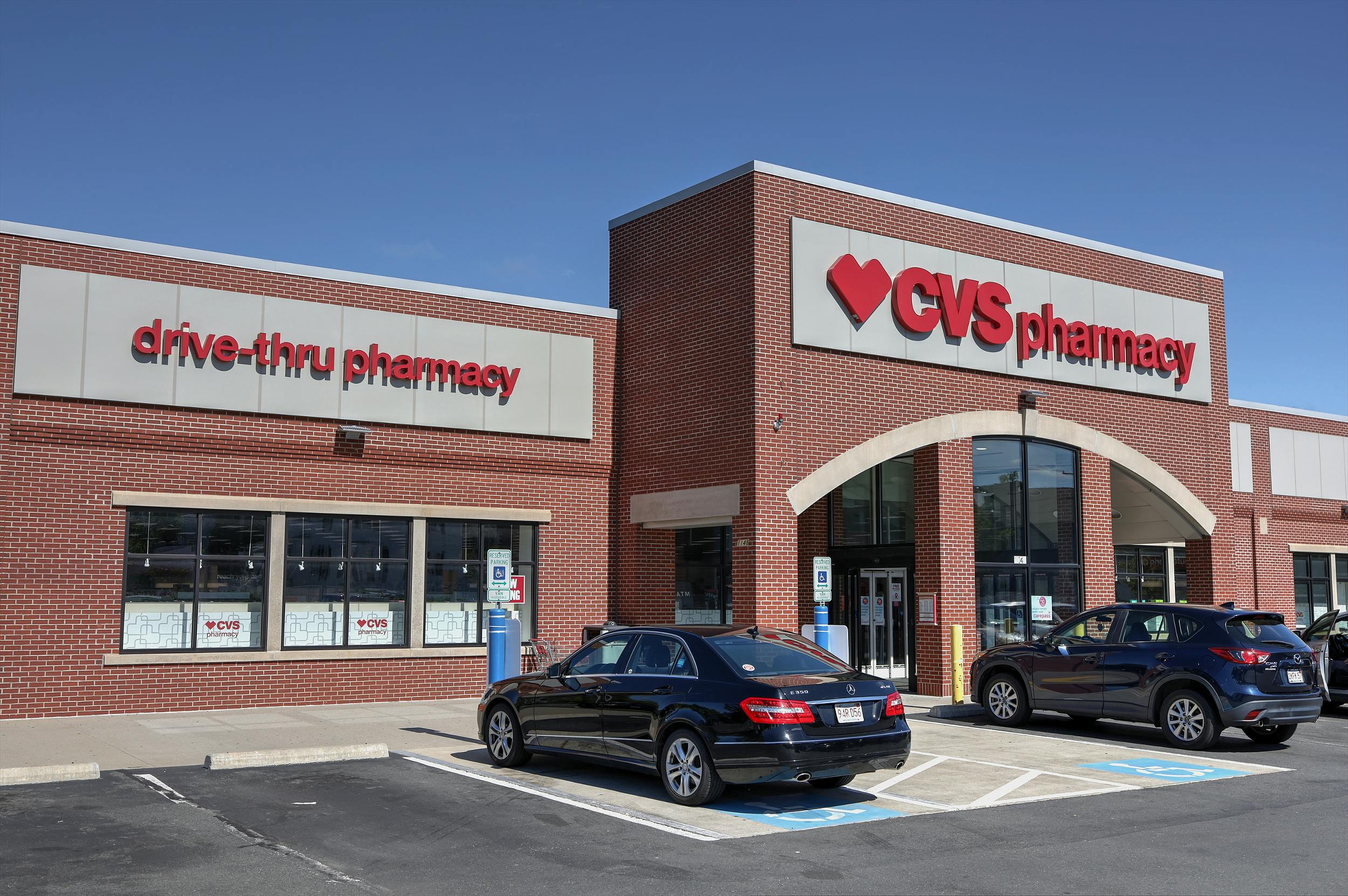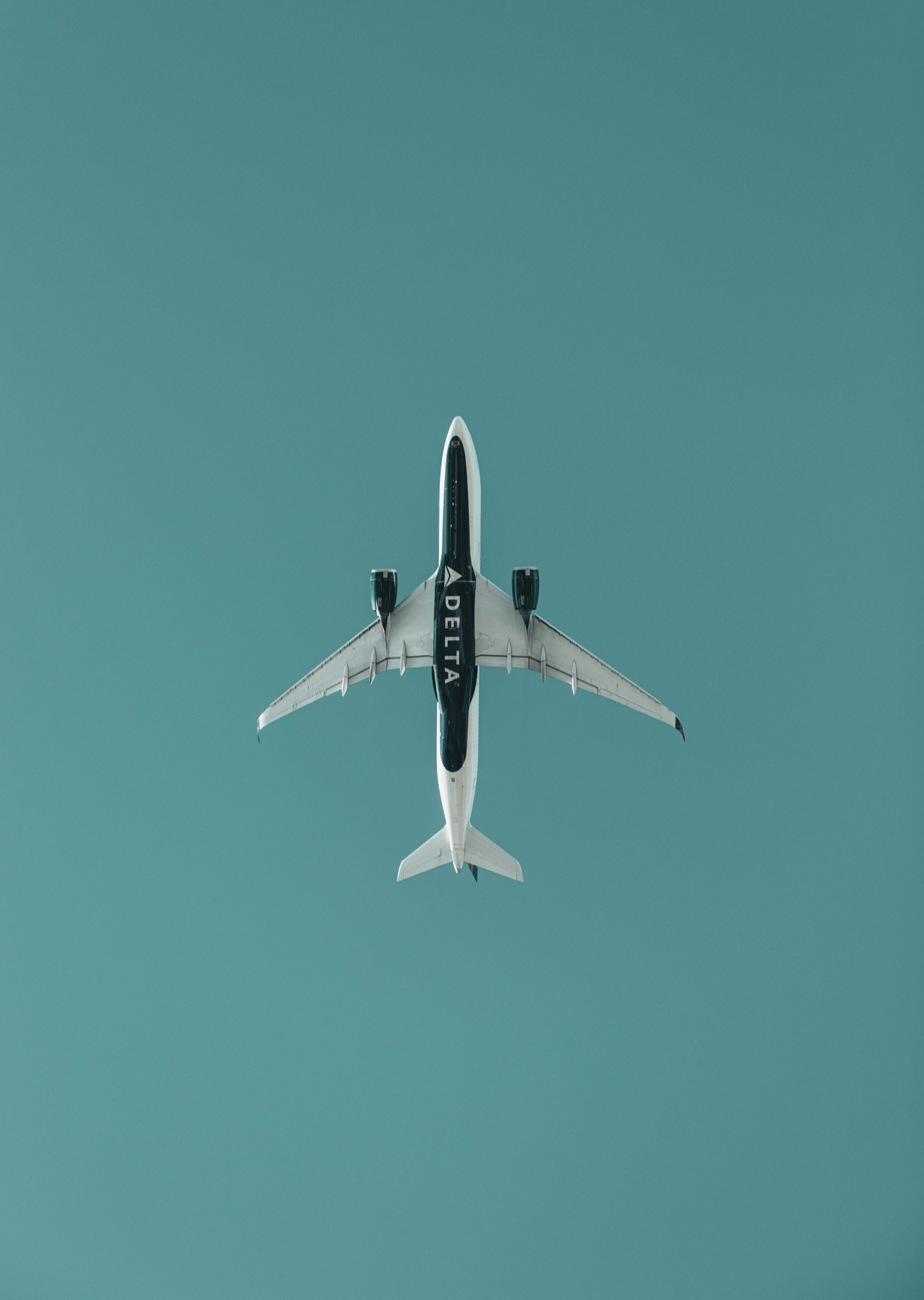Retail rewards programs are designed to foster customer loyalty, but in recent years, many companies have “devalued” their programs to cut costs. They make it harder to earn points, reduce the value of redemptions, or add frustrating restrictions, all while hoping customers won’t notice. This trend, prevalent in 2024 and 2025, has turned some of the most popular loyalty programs into a bad deal for consumers. For these five programs, the “reward” is often no longer worth the effort it takes to earn it.

Image Source: pexels.com
1. Starbucks Rewards
Starbucks significantly devalued its beloved rewards program, angering millions of its most loyal customers. The company dramatically increased the number of “Stars” needed to redeem popular free items. For example, a free hot coffee or pastry jumped from just 50 Stars to 100 Stars, doubling the amount of money a customer has to spend. This change made the rewards much harder to reach, leaving many customers feeling that their loyalty was no longer being valued.
2. CVS ExtraCare
The CVS ExtraCare program, famous for its comically long paper receipts, has become increasingly confusing and less rewarding. The base earning rate of 2% back in ExtraBucks is slow to accumulate, and the personalized coupons sent to members are often for items they don’t use. Furthermore, the complex system of overlapping weekly deals and specific coupon requirements makes it difficult for the average shopper to maximize their savings, turning the program into a frustrating chore.
3. Subway MVP Rewards
Subway’s loyalty program offers one of the worst returns on spending in the entire fast-food industry. Customers earn four “tokens” for every dollar spent, and they need to accumulate 200 tokens to get a meager $2 reward. This means a customer has to spend $50 just to earn a $2 discount. This extremely low return rate makes the program feel almost pointless and fails to provide a compelling incentive for customers to remain loyal.
4. Old Navy’s Navyist Rewards
The rewards program for Gap Inc.’s family of brands, including Old Navy, Gap, and Banana Republic, is similarly uninspiring. Members earn one point for every dollar spent, and they need 100 points to receive a $1 reward. This translates to a cashback rate of just 1%. With so many credit cards and other loyalty programs offering higher cashback rates with fewer restrictions, the Navyist program provides very little real value to the consumer.
5. Major Airline Frequent Flyer Programs

Image Source: pexels.com
Airlines like Delta (SkyMiles) and American (AAdvantage) have systematically devalued their frequent flyer programs over the past few years. They have shifted to a dynamic award pricing model, which means the number of miles needed for a free flight can skyrocket during peak times, making redemptions unpredictable and often unattainable. They have also made it harder to earn elite status, stripping perks from all but the highest-spending business travelers and leaving average flyers feeling ignored.
Loyalty Left Behind
A good rewards program should feel like a genuine thank you for a customer’s loyalty. However, as these brands show, many companies now view their programs as a cost to be minimized. By making their rewards harder to earn and less valuable, they are breaking the trust of their most dedicated customers. They are also proving that, in many cases, corporate profits now come before customer loyalty.
Are you a member of any of these rewards programs? Do you agree that they are no longer worth it? Share your opinion in the comments!
Read More
6 Car Brands Losing Loyal Customers Rapidly
5 Ways Loyalty Point Programs Can Feel Rigged (And How to Maximize Your Rewards)

